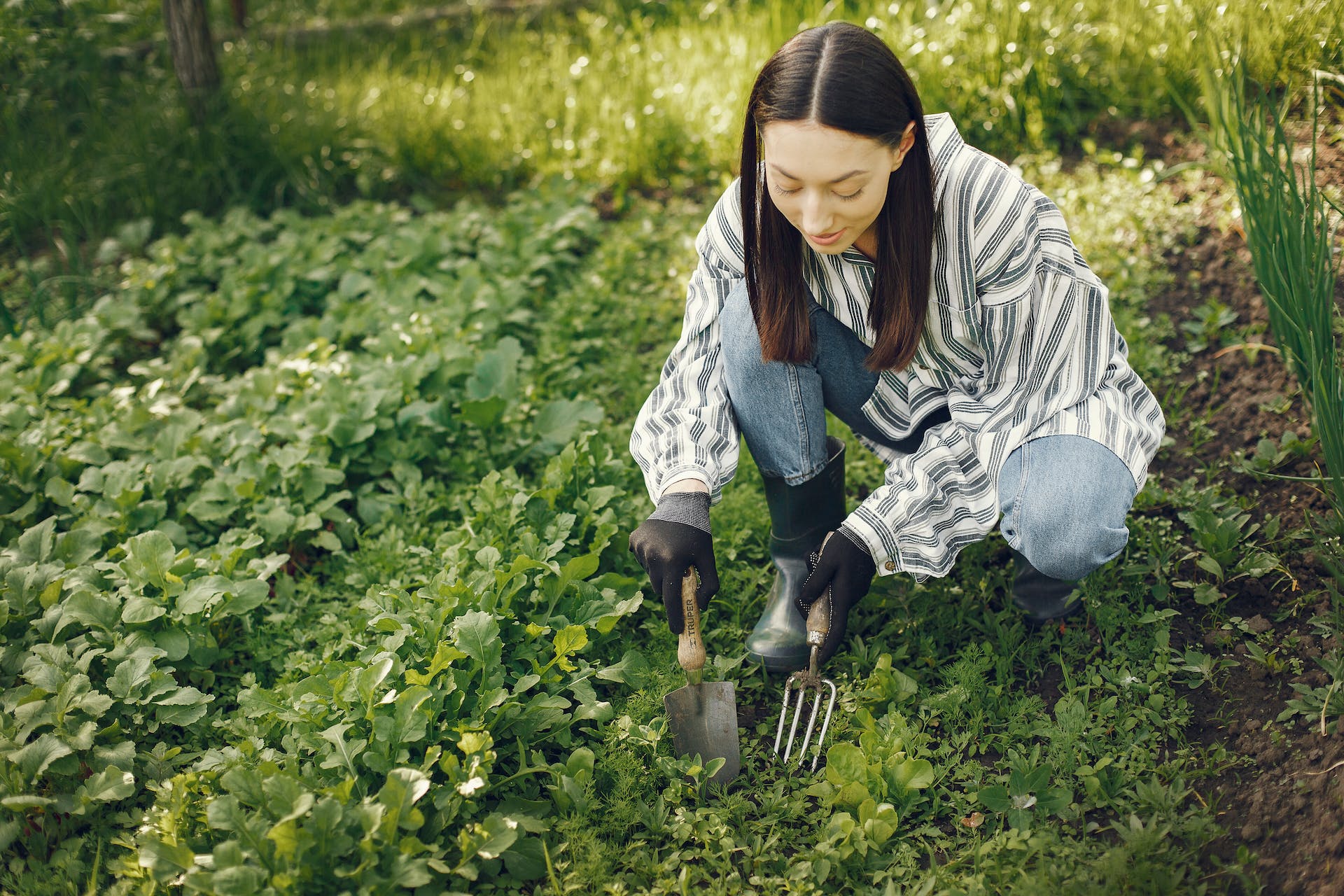Do you want to find out more about eco-friendly practices for your new outdoor space? Here, you can explore creative ways to improve your yard while respecting the environment. This guide is crafted for individuals of all ages, aiming to make your outdoor area not just a space but a reflection of sustainable living. Together, let's learn how to enhance your haven responsibly, ensuring it thrives for years to come.
Understanding Eco-Friendly Practices for Your New Outdoor Space
An eco-friendly outdoor space is more than just a garden; it's a commitment to sustainable living. Such spaces are carefully crafted, considering the environmental impact at every step. From choosing materials that have minimal impact on the planet to supporting local ecosystems, these spaces are designed to be in harmony with nature. This approach not only reduces the carbon footprint but also creates a healthier environment for both humans and wildlife.
Moreover, these spaces contribute significantly to personal well-being. They offer a tranquil area for relaxation and reflection, away from the busy pace of modern life. Selecting the perfect garden furniture, preferably made from sustainable materials like recycled plastic or bamboo, not only enhances the aesthetic appeal but also aligns with the eco-friendly ethos. These spaces are not just visually pleasing; they embody a responsible approach to outdoor living, balancing beauty with sustainability.
Planning Your Eco-Friendly Outdoor Space
Creating an eco-friendly outdoor space starts with a thoughtful design that respects the environment. This involves considering how each element of the space interacts with the natural world. Sustainable design principles guide the selection of materials and layout, aiming to minimize environmental impact. For example, using locally sourced stones for pathways or choosing recycled materials for garden beds can make a significant difference.
When selecting plants, it's essential to consider those native to the region. Native plants are more likely to thrive as they are adapted to the local climate and soil conditions. This not only makes your garden more sustainable but also supports local biodiversity. In addition, a recent study by peasleyboisemovers.com has shown how eco-friendly materials can be integrated into outdoor spaces. These studies highlight the use of storage units to store garden tools and sustainable materials, proving essential during garden renovations or improvements. This approach enables an easy relocation to a more environmentally friendly outdoor space, supporting sustainability in every aspect.
Water Conservation Strategies
Water conservation is vital in creating an eco-friendly outdoor space. Implementing efficient irrigation systems, such as drip irrigation, significantly reduces water waste. These systems deliver water directly to the roots, providing the necessary hydration without excess. Similarly, soaker hoses can be an effective alternative, targeting water to specific areas and minimizing evaporation.
Rainwater harvesting is another excellent strategy for water conservation. If you collect and store rainwater in barrels or tanks, you can use this natural resource for watering your garden. This not only reduces reliance on municipal water supplies but also helps in managing stormwater runoff. Also, choosing drought-resistant plants can further reduce water usage. These plants are specially adapted to survive in dry conditions and require minimal watering. Incorporating such plants into your garden design not only conserves water but also creates a resilient and low-maintenance garden.
Energy Efficiency in Your Outdoor Space
Incorporating energy efficiency into your outdoor space is essential for an eco-friendly approach. Solar-powered lighting is a popular choice, providing illumination without the need for electrical power. These lights harness solar energy during the day and illuminate your space at night, offering an energy-efficient and cost-effective lighting solution.
Beyond lighting, consider incorporating eco-friendly heating and cooling techniques. For example, strategically placed trees and shrubs can provide natural shade, reducing the need for artificial cooling methods. Also, solar-powered fans or natural breezeways can help in regulating the temperature of your new outdoor space. These methods not only lower your carbon footprint but also enhance the overall comfort of your outdoor area.
Eco-Friendly Maintenance Practices
Maintaining an eco-friendly outdoor space requires a commitment to sustainable practices. Natural pest control is an important aspect, involving the use of organic methods to manage pests. Introducing beneficial insects, such as ladybugs or praying mantises, can help control pest populations naturally. Organic pest repellents, made from natural ingredients, can also be effective without harming the environment.
Composting kitchen and garden waste is another essential practice. This not only reduces the amount of waste sent to landfills but also creates rich, organic material that can be used to enrich your garden soil. Alongside composting, using organic fertilizers supports plant health without introducing harmful chemicals into the environment. Regular maintenance routines, including mulching, pruning, and weeding, also play a significant role. If you reuse packing materials in your compost or as protective coverings for plants, you can extend their lifecycle and contribute to a sustainable cycle of reuse.
Creating a Wildlife-Friendly Garden
Creating a garden that supports wildlife is a rewarding aspect of eco-friendly gardening. Planting native species is key to attracting local birds, insects, and other wildlife. These plants provide natural habitats and food sources, essential for maintaining biodiversity. A garden rich in native species becomes a hub of ecological activity, supporting various life forms.
For a beginner gardener, to begin creating a wildlife-friendly garden is an educational and fulfilling path. It offers an opportunity to learn about the relationship between plants and the local ecosystem. Such a garden is not just a beautiful space; it's a living, thriving environment that supports local wildlife and contributes to the overall health of the planet.
Final Words
Applying eco-friendly practices to your new outdoor space is a significant step towards environmental responsibility. These methods not only improve the look of your garden but also contribute to a healthier ecosystem. We urge you to consider these sustainable approaches as you develop your outdoor area. Your choices can have a positive impact on the environment, and they will also enhance your enjoyment of your outdoor living space. Let's all do our part in creating greener, more sustainable outdoor areas.
